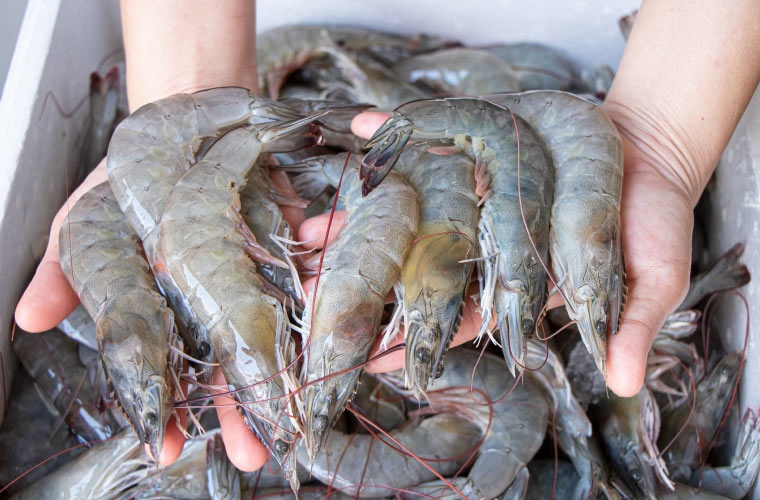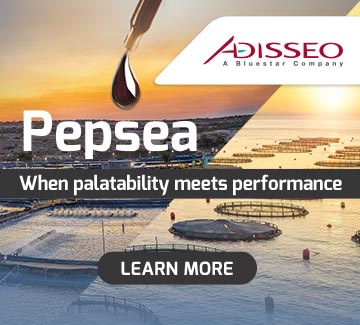
As fishmeal prices climb and global supply tightens, the aquaculture industry faces mounting pressure to secure sustainable feed solutions. A recent study from the School of Marine Sciences at Ningbo University (China) points to a promising alternative: enzyme-hydrolysed marine protein, a high-value ingredient derived from seafood by-products.
In an eight-week feeding trial, juvenile Pacific white shrimp (Litopenaeus vannamei) were fed a diet with 2% less fishmeal supplemented by just 1% hydrolysed protein (and 28% fishmeal). The results were striking: shrimp not only maintained growth performance but also showed better appetite, improved protein and lipid metabolism, and healthier intestinal and hepatopancreatic function compared to those on a standard 30% fishmeal diet.
Beyond the lab, the implications for industry are significant. By partially replacing fishmeal, hydrolysed protein could lower feed costs, reduce pressure on wild fisheries, and align shrimp farming with circular economy principles by valorising marine processing by-products.
“This strategy offers a sustainable and cost-effective pathway for aquafeed formulation,” the authors note, adding that it strengthens shrimp health while reducing reliance on finite fishmeal resources.
The study underscores a wider trend: the race to identify next-generation feed ingredients that balance economic viability, animal performance, and environmental responsibility. Hydrolysed protein may not be the only answer, but it is fast emerging as a serious contender in the future of shrimp nutrition.


